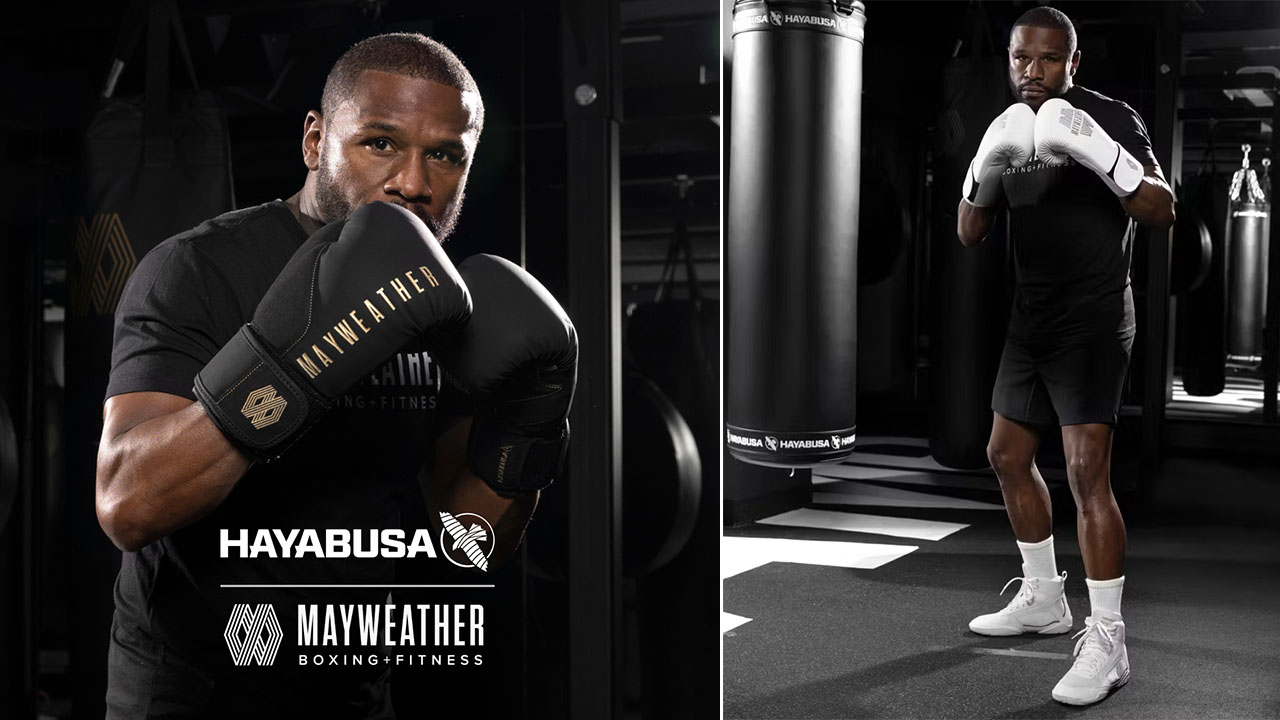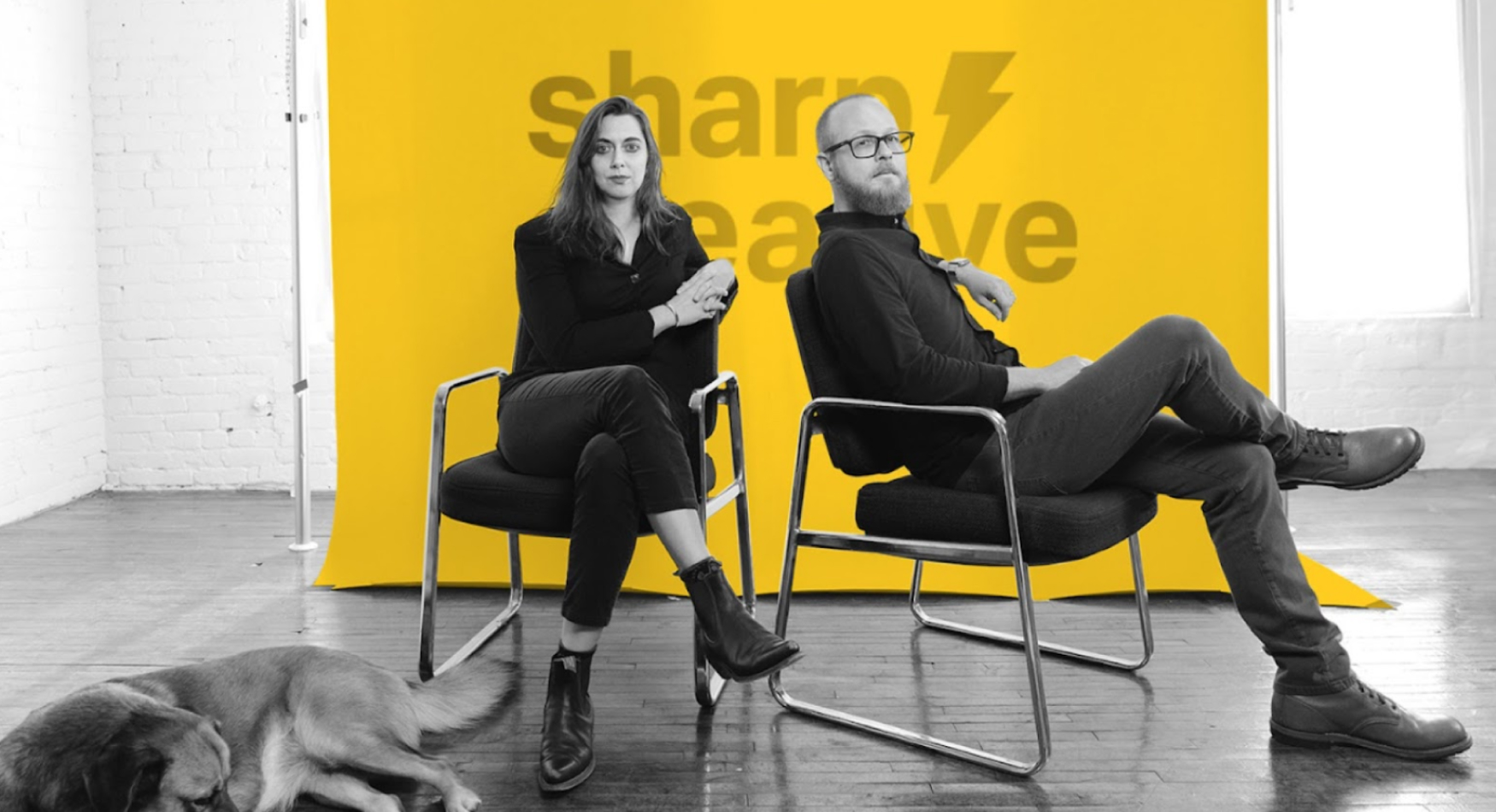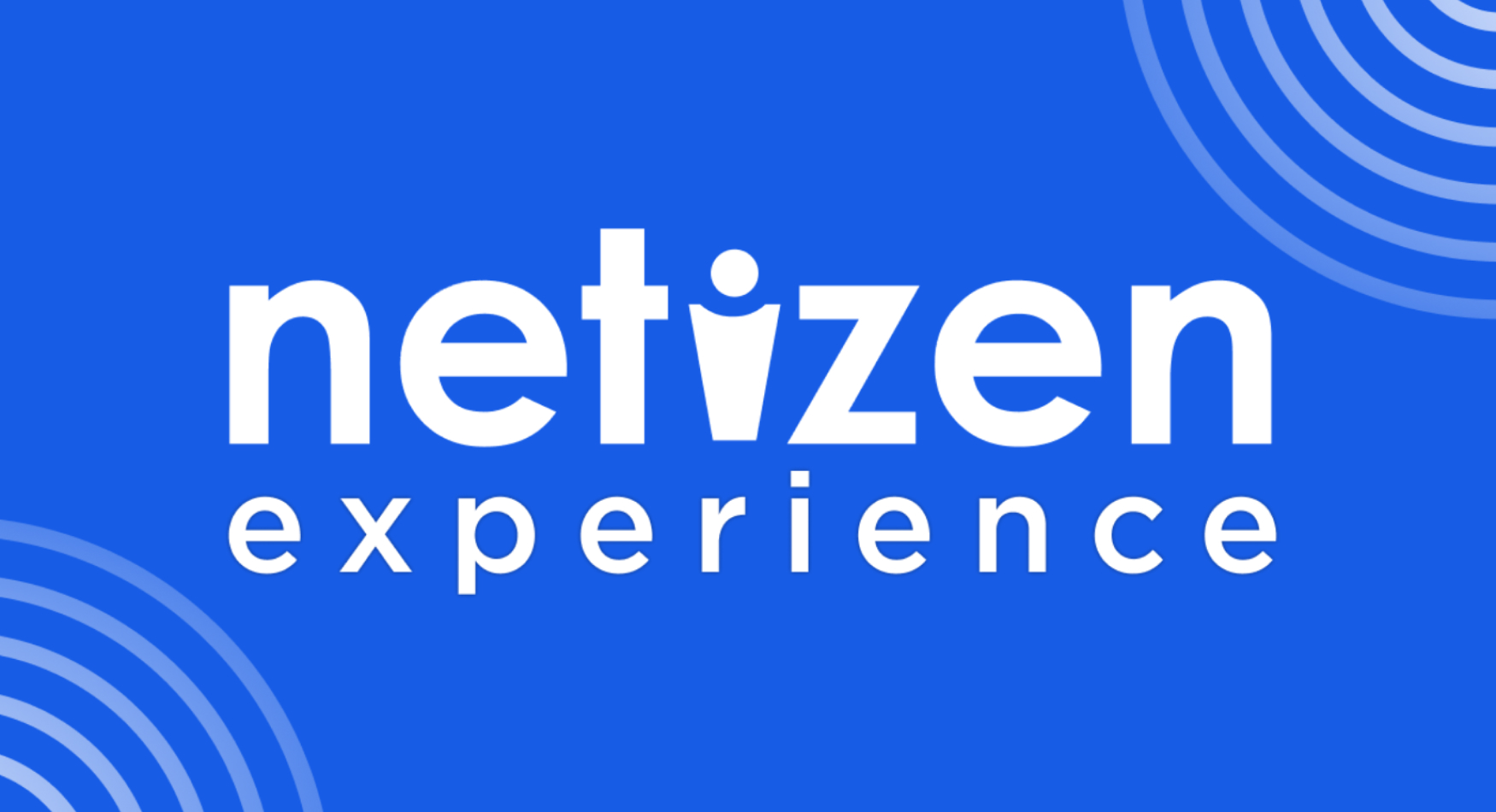TL;DR: Paid social media success in 2024 depends on understanding audiences deeply, tailoring creative content for specific platforms, optimizing for performance metrics, leveraging retargeting and lookalike audiences, and staying agile with trends and tools. This guide covers proven strategies to drive results and maximize ROI.
In a world dominated by scrolling feeds and viral trends, paid social media has emerged as one of the most powerful tools for marketers to drive brand growth. With platforms like Meta, TikTok, and LinkedIn constantly evolving, the rules of engagement are shifting. To stay ahead, marketers must rethink their strategies and adopt new approaches to ensure their campaigns convert. This guide breaks down the essential steps to mastering paid social and turning impressions into revenue in 2024.
Know Your Audience—Really Know Them
Success in paid social starts with understanding your audience at a granular level. Demographics and interests are just the beginning—today’s platforms allow marketers to dig deeper into behaviors, purchase patterns, and even content consumption habits. Building highly specific audience personas helps shape campaigns that resonate.
For example, TikTok’s algorithm favors hyper-relevant content that mirrors the user’s organic experience. Brands leveraging trending sounds and cultural moments are seeing higher engagement and lower cost-per-click rates. On the other hand, LinkedIn’s targeting capabilities allow B2B brands to pinpoint decision-makers by job titles and industries. Marketers need to leverage platform-specific insights to segment audiences effectively.
Key Takeaway:
Deep audience insights drive relevance and lower ad costs. Leverage platform-specific data to build accurate audience profiles.
Creative Is King, but Context Is Queen
In the battle for attention, creative content is the undisputed king—but without the right context, even the most stunning visuals can fall flat. Paid social campaigns need to blend creativity with strategic messaging tailored for each platform.
Video ads continue to dominate, with TikTok and Instagram Reels leading the charge. Short, snappy videos designed for vertical viewing often outperform static ads, especially when they feel native to the platform. Brands that integrate product demos, user-generated content, and influencer partnerships see higher engagement rates.
On LinkedIn, however, professionalism and value-driven messaging reign supreme. Thought leadership pieces, customer testimonials, and whitepaper downloads are better suited for this audience. The key is adapting creative assets without losing brand consistency.
Key Takeaway:
Tailor creative content to match the platform and audience expectations, balancing visual appeal with strategic messaging.
Optimize for Performance—Not Just Impressions
Gone are the days when campaign performance was measured by impressions alone. Today’s marketers need to focus on data points that align with business goals—whether it’s lead generation, e-commerce sales, or app installs.
Campaign optimization starts with defining clear objectives and mapping them to the right ad formats. Meta’s Advantage+ Shopping campaigns, for instance, use machine learning to dynamically optimize for conversions, while TikTok’s Spark Ads amplify organic content for authenticity.
A/B testing is critical to improving performance. Testing variables such as headlines, CTAs, and visuals provides insights into what resonates. Marketers should also monitor key metrics like click-through rates, cost-per-acquisition, and return on ad spend (ROAS) to make informed adjustments.
Key Takeaway:
Focus on performance-driven metrics like conversions and ROAS. Use A/B testing and machine learning tools for optimization.
Leverage Retargeting and Lookalike Audiences
Not every user converts on the first interaction. Retargeting campaigns allow brands to re-engage warm leads, turning initial interest into action. For example, a shopper who abandons a cart can be shown dynamic ads featuring the exact products they viewed.
Lookalike audiences extend reach by identifying users similar to existing customers. Platforms like Meta and LinkedIn excel at building these audiences based on purchase data, website visitors, or engagement metrics. Combining retargeting with lookalikes ensures that campaigns remain cost-effective while scaling reach.
Key Takeaway:
Retargeting and lookalike audiences help scale campaigns efficiently while keeping costs low and engagement high.
Stay Agile with Trends and Tools
Paid social is constantly evolving, and so should your strategies. Trends like short-form video and interactive content are dominating platforms, while new tools like Meta’s AI-driven ad placements and TikTok’s Creative Center offer marketers more ways to optimize campaigns.
Staying agile means testing new features early, analyzing results quickly, and iterating on what works. Brands that adapt to platform updates and user behavior shifts often outperform competitors who stick to outdated playbooks.
Key Takeaway:
Stay flexible and embrace new tools and trends to maintain relevance and performance.
Final Takeaways
Mastering paid social in 2024 requires a mix of creativity, strategy, and adaptability. Marketers who deeply understand their audiences, craft platform-specific content, and embrace performance-driven metrics will drive better results. By leveraging retargeting and staying on top of emerging trends, campaigns can maintain relevance and scale efficiently.
As platforms continue to prioritize video and AI-powered tools, the brands that test, learn, and evolve will be the ones that dominate the digital landscape. Paid social isn’t just about visibility—it’s about impact. The sooner brands embrace this mindset, the sooner they’ll see their investment pay off.










